It is known that our ancestors were pagans before the advent of Christianity. In addition to the gods, there were a lot of creatures inhabiting almost everything that surrounded a person. Some Slavs considered good, because they peacefully coexisted with people, helped them and protected them. Others were considered evil, because they harmed people and were capable of murder. There was also a third group of creatures that could not be attributed to either good or evil.
It is impossible to describe all the creatures from fairy tales and myths, but we are familiar with some of them from childhood, from fairy tales and stories. Here are some of these creatures.
Babay
The name "babai", apparently, came from the Turkic "baba", babai - an old man, grandfather.This word (perhaps also as a reminder of the Tatar-Mongol yoke) denotes something mysterious, not quite defined, undesirable and dangerous. In the beliefs of the northern regions of Russia, babai is a terrible lopsided old man. He wanders the streets with a stick. Meeting him is dangerous, especially for children. Babaika is a fairly universal children's horror story, which is popular today. Even modern mothers and grandmothers can sometimes tell a naughty child that if he does not eat well, then a babaika will take him away. After all, he walks under the windows, as in the old days.
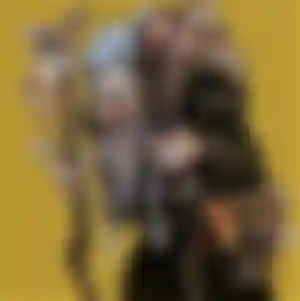
Baba Yaga
A fairy-tale Russian character who lives in a dense forest, a witch. The image of Baba yaga is considered to be a transformation of the image of an archaic deity who once dominated the rites of initiation, initiation (originally, perhaps, such a deity had the appearance of a female animal)
Baba Yaga is an old evil witch who lives in a remote forest in a hut on chicken legs, flies in a mortar, driving it with a pestle and covering the trail with a broom. He likes to eat human flesh - small children and kind fellows. However, in some fairy tales, Baba Yaga is not evil at all, she helps a good fellow by giving him something magical or showing the way to him.
According to one version, Baba Yaga is a guide to the other world-the world of ancestors. The famous hut on chicken legs is a gateway to this world, so you can't enter it until it turns its back to the forest. Baba Yaga herself is a living dead man. Perhaps the hut on chicken legs indicates the custom of the ancients - to bury the dead in domoviny-special houses placed on high stumps. In such stumps, the roots come out and are somewhat similar to chicken legs.
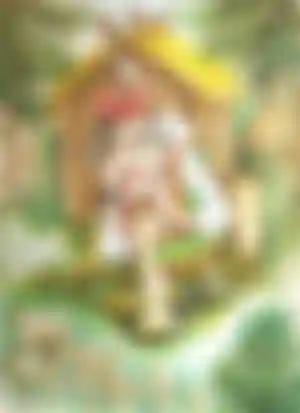
Bannik
A bannik is a spirit that lives in a bathhouse. Bannik looks like a small skinny old man with a long beard. He has no clothes on, but his whole body is covered with leaves from a broom. Despite its size, the old man's spirit is very strong, it can easily knock a person down and drag him around the bath. Bannik is a rather cruel spirit, he likes to scare those who came to the bathhouse with terrible screams, he can also throw hot stones from the stove or scald with boiling water. If the bannik is angered, the spirit can even kill a person by strangling his enemy in the bath or skinning him alive. An angry bannik can also kidnap or substitute a child.
Most of all, the spirit likes to scare women, because they can not go to the bath alone. But most of all, the bannik is angry when a pregnant woman comes into the bath, such expectant mothers should never be left in the bath without the supervision of men.
The bannik is able to become invisible and instantly move in space within his bath.
In addition, the banner is able to open people to their future.
If you follow the basic rules, the bannik will never attack a person. But if the bannik is angry, then he can be appeased by leaving a piece of rye bread liberally sprinkled with coarse salt to the spirit, in some cases it is necessary to sacrifice a black chicken, burying it under the threshold of the bath.
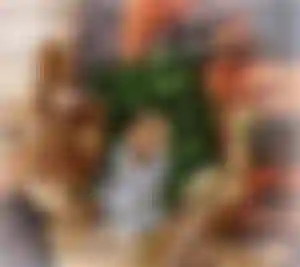
Beregini
Beregini - in Slavic mythology, good water spirits, in the form of women. They live on the banks of rivers, predict the future, and also save young children left unattended and fallen into the water.
It is difficult to judge what the Beregini were like from rather fragmentary evidence. Some researchers see them as "predecessors" of mermaids or identify them with mermaids. Indeed, beregini are definitely connected with water, they seem to be subject to some essential aspects of people's lives. Therefore, the assumption about the connection of beregin and mermaids is not unfounded.

Water
A water person can not be called either evil or good — it is a self-willed spirit guarding its reservoir, which, however, does not mind making fun of those who came there. The merman looks like an old man with a big beard and a fish tail instead of legs, the old man's hair has a green hue, and his eyes look like fish. During the day, the water prefers to stay at the bottom of the reservoir, and with the rising of the moon rises to the surface. The spirit prefers to move around the pond on horseback, mainly swimming on a catfish.
The spirit lives in large freshwater reservoirs: rivers, lakes, swamps. However, sometimes he goes on land and appears in the nearest villages. On reservoirs for the dwelling, the water prefers to choose the deepest places or places with a strong circular current (whirlpools, places near watermills).
Water people live in families, usually a water person has many mermaid wives. People dragged down by the spirit to the bottom remain at the water's service, entertaining the owner of the reservoir in every possible way and performing various tasks, however, you can buy him off, but the price will be commensurate — you will have to give your firstborn.
It is almost impossible to fight with a water animal in its native element, but it can be scared away from itself with iron or copper, which will only make it angrier in the end. Therefore, in ancient times they preferred not to anger the water man, and if he got angry, they tried to appease the spirit by throwing bread into the water, or sacrificing a black animal.

To be continued...

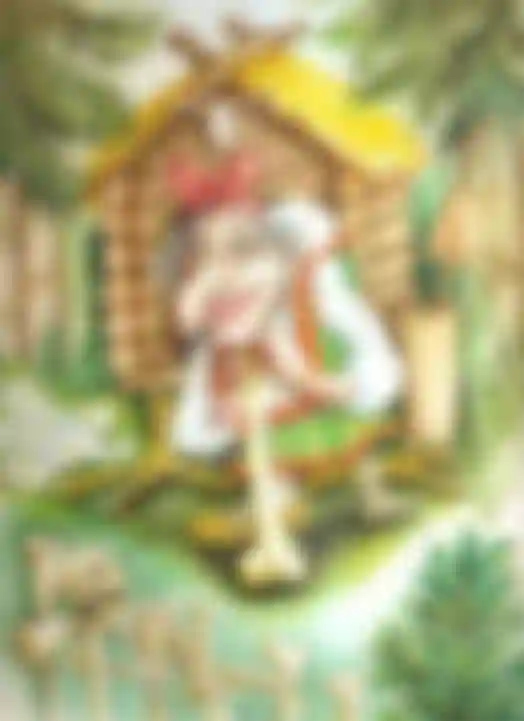
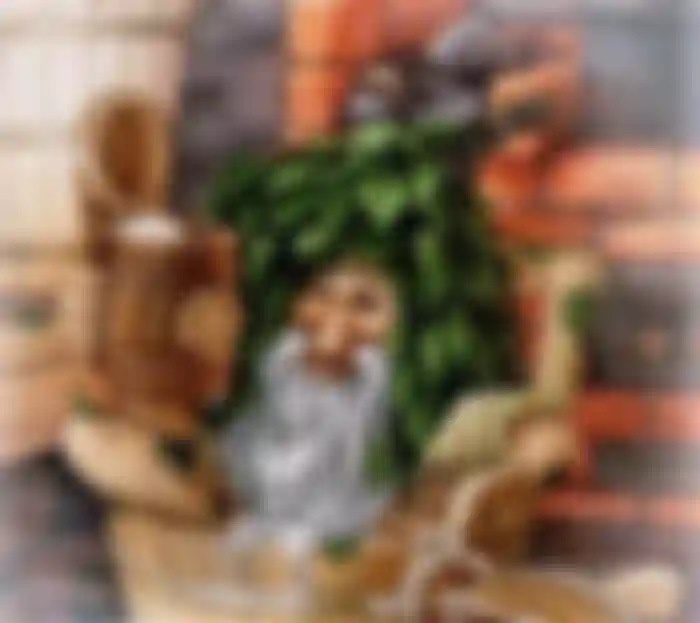
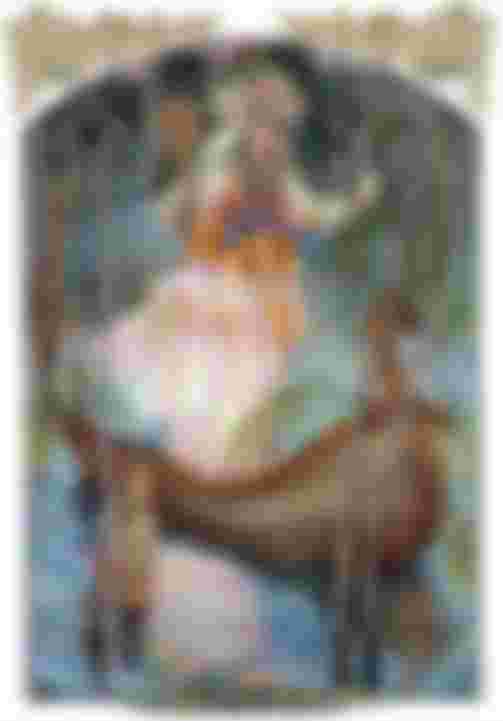

Feel free to submit this article to my community "History, Myths, Legends & Mysteries (be45)", https://read.cash/c/history-myths-legends-mysteries-be45